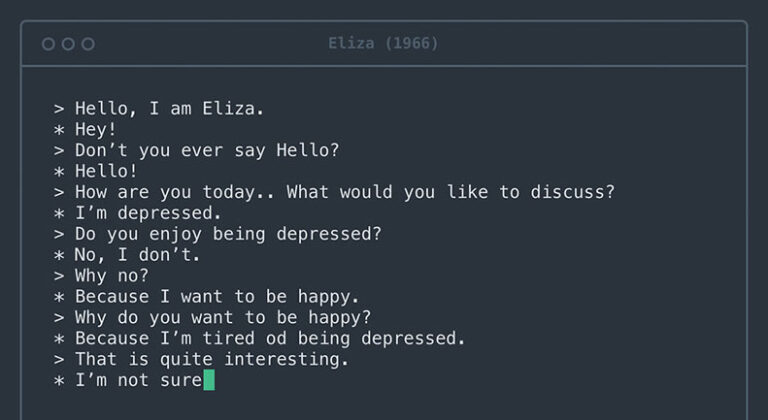2020: OpenAIʼs GPT-3 language model is released
In June 2020, OpenAI released its highly anticipated GPT-3 language model to the public. This model, the third iteration of the Generative Pre-trained Transformer series, is one of the most powerful language models ever created, with a staggering 175 billion parameters. GPT-3 is capable of generating human-like text and has the ability to understand and respond to a wide range of prompts and queries.
One of the most impressive features of GPT-3 is its ability to generate text that is indistinguishable from that written by a human. This has the potential to revolutionize a wide range of industries, from content creation and customer service to education and healthcare. For example, GPT-3 can be used to generate natural language responses in chatbots, create content for websites and social media, and even help with writing code.
The release of GPT-3 has sparked a wave of excitement and speculation about the potential applications of this powerful language model. Some have raised concerns about the ethical implications of using such advanced AI technology, particularly in areas like fake news and misinformation. Others have praised the potential of GPT-3 to transform industries and improve the way we interact with technology.
Despite these concerns, the release of GPT-3 represents a major milestone in the development of artificial intelligence and natural language processing. OpenAI has made the model available through an API, allowing developers and researchers to experiment with and build on the technology. This open access approach is a key part of OpenAI’s mission to ensure that AI benefits all of humanity.
As we move into 2021 and beyond, it is clear that GPT-3 and other advanced AI technologies will continue to play a significant role in shaping the future of technology and society. The potential applications of GPT-3 are vast, and it will be exciting to see how developers and researchers harness the power of this language model to create innovative new products and services.
In conclusion, the release of GPT-3 in 2020 marks a major milestone in the development of artificial intelligence. This powerful language model has the potential to revolutionize a wide range of industries and transform the way we interact with technology. As we continue to explore the capabilities of GPT-3, it is important to consider the ethical implications and ensure that AI is used responsibly for the benefit of all.



